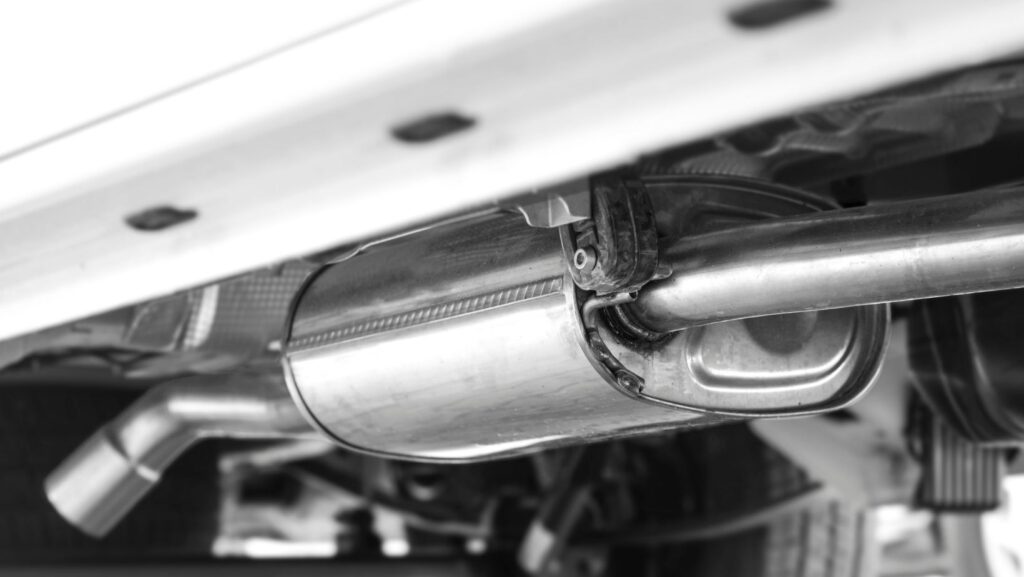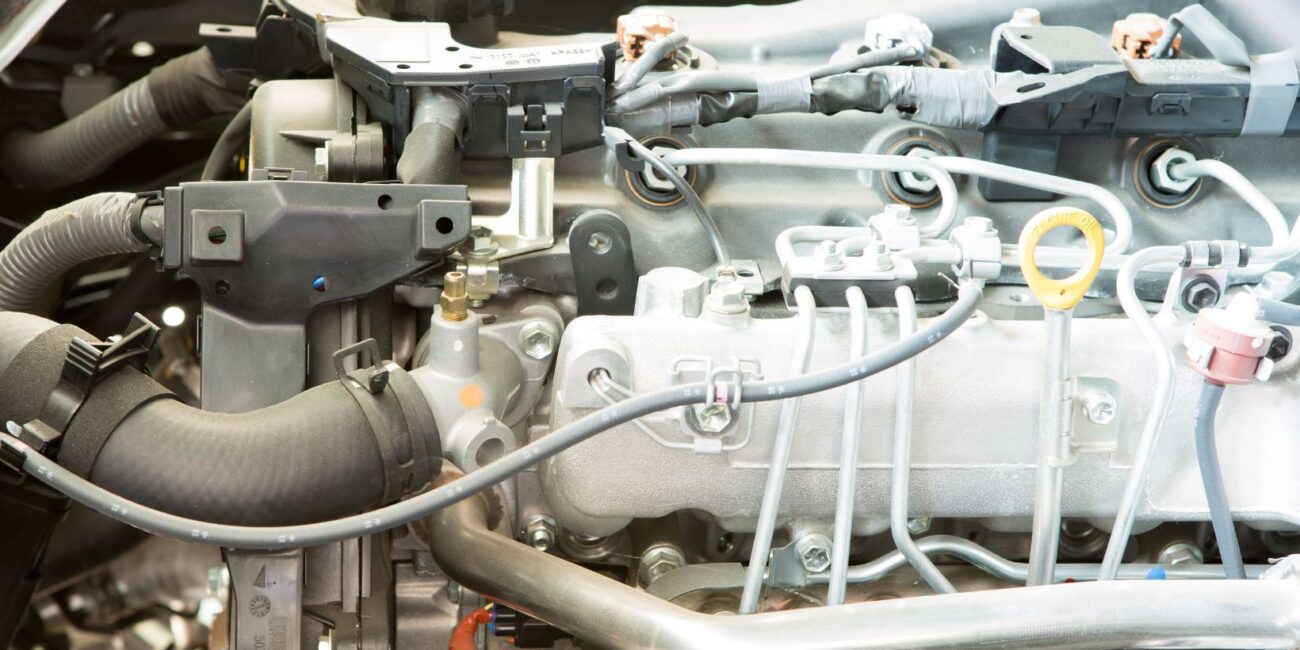New cars rely on catalytic converters to meet emissions standards and maintain engine efficiency. This metal unit contains platinum, palladium, and rhodium—precious metals that turn lethal exhaust gases into less poisonous materials. The converter is situated between the engine and the tailpipe, filtering emissions before releasing them from the vehicle.
A clogged or defective converter restricts exhaust flow, which in turn raises engine temperature. Drivers experience reduced acceleration, lower fuel economy, or engine misfires when the unit fails. Taking a quick look underneath the car checks for physical damage like cracks or burnt-out material before things get bad.
Signs Indicating Converter Problems
A functioning converter permits exhaust gases to pass through easily. When it cracks or plugs, the vehicle shows clear signs:
- Slow acceleration when accelerating with the gas pedal.
- Sulphur-smelling exhaust pipe.
- Check engine light remains on after a restart.
Such signs can lead to higher fuel costs and engine overheating if left unattended. Mechanics can confirm exhaust flow by inspecting temperature differences in the inlet and outlet pipes. A large temperature difference will indicate blockage in the system that needs fixing.
In cases requiring replacement, comparing local market prices list near me for scrap catalytic converters helps. Scrap value also depends on precious metal content — levels of platinum, palladium, and rhodium vary by make and model. Sites like Autocatalyst offer current prices for different types of converters, so owners can find out how much their old one is worth before buying a new one.
How to Extend Converter Life Through Maintenance
Scheduled maintenance prevents early converter failure and maintains repair costs. Follow these easy steps:
- Use good-quality fuel from reliable stations.
- Change bad spark plugs promptly.
- Maintain an adequate level of oil and change it in time.
- Avoid driving through deep puddles of water.

These practices keep carbon from accumulating in the honeycomb core and keep metal from contaminating it. Misfires force unburned fuel into the converter, which overheats and ruins the precious metal coat. New oil keeps particles from entering the exhaust system and clogging internal passages.
Mechanics advise exhaust flow to be checked every half year, particularly before emissions inspections. The early warning is less expensive than a full replacement—new converters range from $300 to over $1,000 depending on the model of car. A well-functioning converter controls exhaust pressure and maintains the engine’s efficiency.
Regular checkup guarantees performance and reduces emissions. Well-maintained converters deliver better mileage, cleaner exhaust, and extended engine life. Caught in time, wear prevents expensive repair and makes each ride smooth and reliable.



